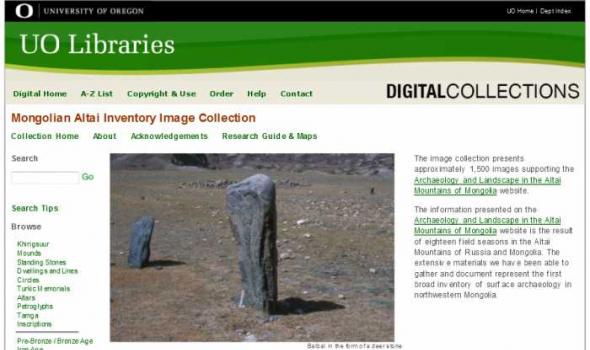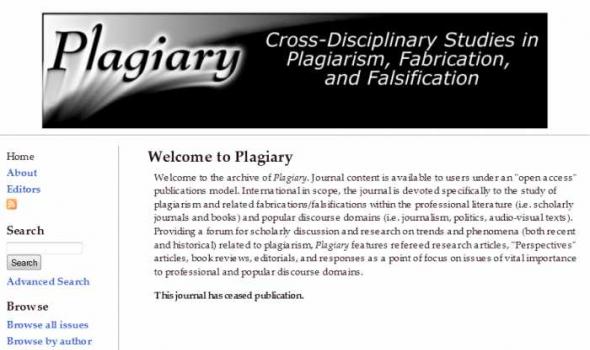Archeology
Purchasing Print Issues Past issues can be purchased for $12 apiece from the Museum Store at the University of Michigan Museum of Art by contacting Store Manager Suzanne Witthoff at witthoff@umich.edu or 734.763.9051. About Bulletin The Bulletin of the University of Michigan Museums of Art and Archaeology was a joint publication of the University of Michigan Museum of Art , the Kelsey Museum of Archaeology , and the Department of the History of Art . This journal features scholarly articles related to subjects of interest to both museums, particularly their collections, exhibitions, and fieldwork programs.
About - Mongolian Altai Image Collection The image collection presents approximately 1,500 images supporting the Archaeology and Landscape in the Altai Mountains of Mongolia website. The information presented on the Archaeology and Landscape in the Altai Mountains of Mongolia website is the result of eighteen field seasons in the Altai Mountains of Russia and Mongolia. The extensive materials we have been able to gather and document represent the first broad inventory of surface archaeology in northwestern Mongolia.
Introduction Cornell University has a number of collections of cuneiform tablets, donated to the university over the past century. These tablets are made of clay and inscribed with signs that modern scholars call cuneiform ("wedge or cone shaped"). They come from an area that is called Mesopotamia, which today roughly equals the territory of modern Iraq. These written documents date from the beginnings of writing, ca. 3350 B.C.E. until the end of the cuneiform tradition, sometime towards the end of the second century C.E. The largest collection of cuneiform tablets at Cornell is housed in the Jonathan and Jeannette Rosen Ancient Near Eastern Studies Seminar in the Department of Near Eastern Studies (NES) and currently consists of ca.
American Indian History and Culture The Division of Rare and Manuscript Collections features significant original materials on the history of native peoples of the Western hemisphere. Thousands of rare books document Indian life-ways, and manuscript materials provide documentation of the work of anthropologists, collectors, and ethnologists. The centerpiece of Cornell's American Indian holdings is the Huntington Free Library Native American Collection , a spectacular gathering of more than 40,000 volumes on the archaeology, ethnology and history of the native peoples of the Americas from the colonial period to the present.
About the Project This database consists of images of ancient inscriptions on stone from Eleusis. The images currently available are derived from photographs copyrighted by Professor Kevin Clinton ( Department of Classics ). Images from museums will be added as permission from the museums is granted; in the meantime only thumbnail views can be presented. All the photographs will be printed in Professor Clinton's edition of all documents of the Sanctuary of Demeter and Kore and the public documents of the deme, currently being published by the Archaeological Society at Athens.
Arthur Evans Archive (Knossos excavations) The Arthur Evans archive consists of the archaeological records and papers of Sir Arthur Evans (Keeper of the Ashmolean Museum, 1884-1908), which he bequeathed to the Museum on his death in 1941. A large part of these relate to his excavations at the Bronze Age site of Knossos on Crete, carried out between 1900 and 1931. Of particular importance are the series of architectural plans and elevations and archaeological sections, which relate both to the architecture of the site as it was uncovered and to the reconstructions carried out in situ by Evans and his architects. These reveal information not disclosed in the selectively published plans and/or obscured by the restorations.
ANNOUNCEMENTS The continued Web presence of the Papyrology Collection is made possible by: The University of Michigan Library , The National Endowment for the Humanities , The Dorot Foundation , The Center for Research on Learning and Teaching (CRLT) , U-M Office of the Vice President for Research , The R.G. Conger Fund, The Edwin E. and Mary U. Meader Papyrology Endowment, and The Parsons Fund. CONTACT We welcome your feedback on our web site. University Library 818 Hatcher Graduate Library South 913 S. University Avenue Ann Arbor, MI 48109-1190
The Art of Daily Life There is no equivalent in the many Native American languages for the word art . Yet the objects here suggest that Native Americans are a highly spiritual people who create objects of extraordinary beauty. In Native American thought there is also no distinction between what is beautiful or functional, and what is sacred or secular. Design goes far beyond concerns of function, and beauty is much more than simple appearances. For many native peoples, beauty arises from living in harmony with the order of the universe.The concerns and aspirations of a vital contemporary American Indian population changes as the world changes.
The Douglas Oliver Collection WELCOME TO THE DOUGLAS OLIVER COLLECTION. Douglas Oliver (Feb. 10, 1913 - October 30, 2009) completed a B.A. at Harvard in 1934 and and a DPhil in Ethnology at the University of Vienna in 1935. Between 1936 and 1941, he was a research associate on the staff of Harvard's Peabody Museum of Ethnology and Archaeology. Between 1938 and 1939, Oliver conducted research on Bougainville, among the Siwai (a.k.a. Siuai) people. The majority of these images derive from that period, and were donated to the Pacific Collection following Dr. Oliver's death in 2009. Image Courtesy Wikimedia Commons Related Information : Association for Social Anthropology in Oceania, Winter 1990 "Douglas L. Oliver, 1913-2009"


















